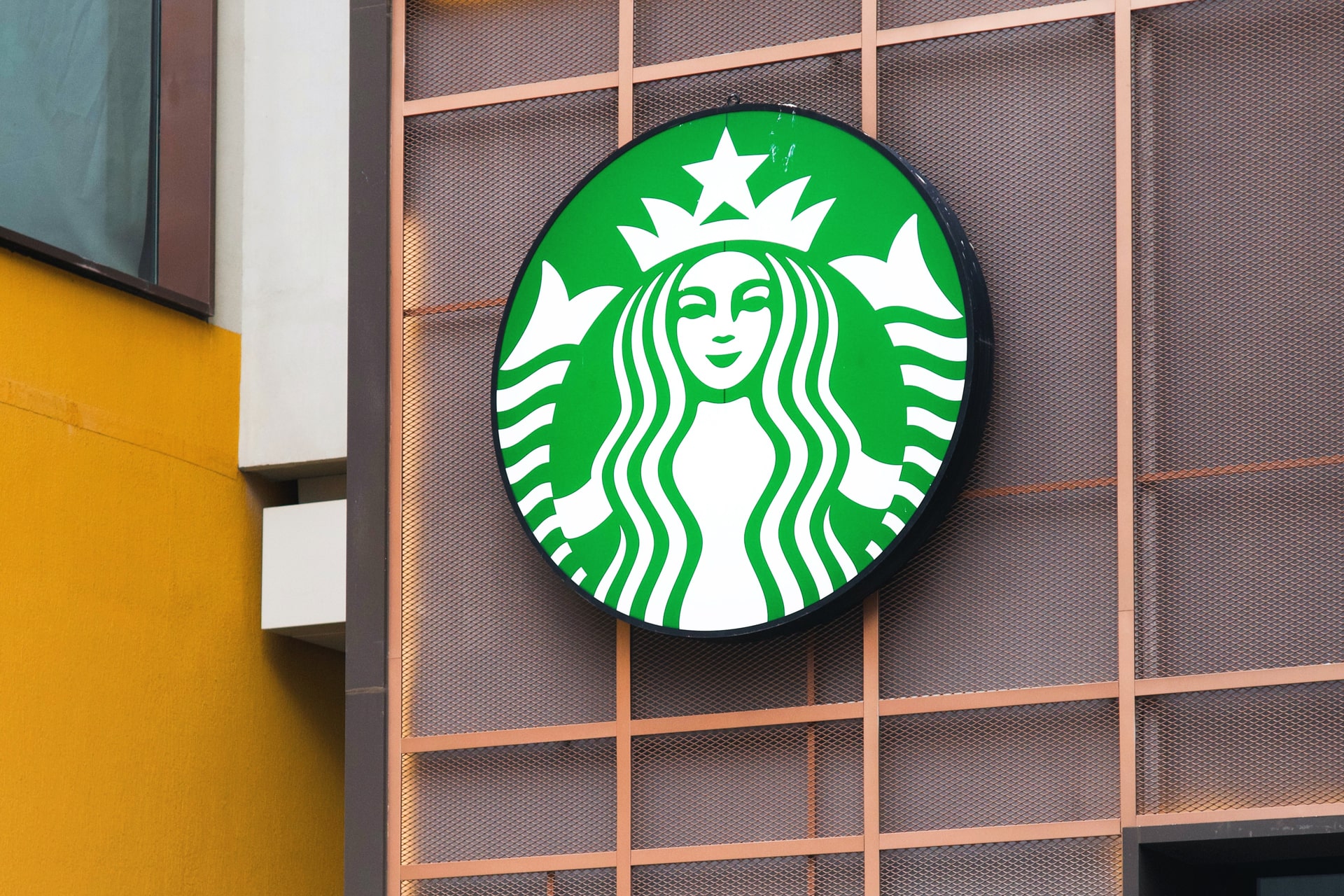In the heart of China’s rapidly evolving coffee market, a fierce battle brews between two giants: the homegrown Luckin Coffee and the established Starbucks. This clash is more than a competition for market share—it’s a tale of contrasting strategies, financial resilience, and evolving consumer preferences.
After overcoming its initial struggles, Luckin Coffee has taken the market by storm with its aggressive expansion and digital engagement strategies. In Q1 2024 alone, Luckin added 2,342 new stores, bringing its total to 18,590. This rapid growth has translated into a 41.5% year-on-year revenue increase, reaching RMB 6.28 billion (USD 869.5 million), highlighting Luckin’s proficiency in capturing a young, tech-savvy, and price-sensitive demographic.
However, this growth comes at a steep price. Luckin’s operating margins for self-operated stores plummeted from 25.2% to 7.0% in Q1 2024. The company reported a net loss of RMB 83.2 million (USD 11.5 million), a stark contrast to its net profit of RMB 564.8 million (USD 78 million) the previous year. The ongoing price war with local competitors like Cotti Coffee has further strained Luckin’s finances. For instance, the RMB 9.9 (USD 1.4) voucher strategy, while attracting customers, has diluted profits and extended the payback period for franchisees, raising concerns about long-term sustainability.
Guo Jinyi, chairman and CEO of Luckin, said during the latest earnings call that, despite operating in a mixed market landscape filled with both opportunities and challenges, the business achieved rapid revenue growth and reached a new record high in its total number of stores by “leveraging [Luckin’s] unique business model, continuous product innovation, and scale advantages.” Guo added that the “slight dip” in profits was due to intensifying industry competition and fluctuating macroeconomic conditions.

On the other side of this battle is Starbucks, an emblem of premium coffee culture. Despite an 8% revenue decline in China, Starbucks maintains a robust global presence, reporting a net profit of USD 772.4 million for the quarter. The brand’s focus on providing a premium, sit-down experience with an emphasis on quality and ambiance sets it apart from Luckin’s fast-paced, on-the-go model.
Starbucks’ strategy hinges on sustainable growth and brand loyalty. While adapting to the changing market by expanding delivery services and digital payment options, Starbucks maintains a measured pace compared to Luckin. This strategic patience may reflect a commitment to long-term stability and customer satisfaction, while remaining open to exploring new opportunities in areas such as product development and localization.
The dynamics of China’s coffee market highlight the stark contrast between Luckin and Starbucks. Luckin targets cost-conscious consumers with affordable options, appealing to the fast-paced lifestyle of remote workers and young professionals. In contrast, Starbucks caters to those seeking a premium experience, willing to pay for quality and ambiance.
The ongoing price war, intensified by local brands like Cotti Coffee, underscores the competitive pressures in the market. While Luckin’s disruptive pricing attracts a large customer base, it also raises questions about financial viability and sustainability. Starbucks, with its premium positioning, faces challenges in maintaining its market share but benefits from a loyal customer base and a sustainable business model.
Both brands face significant opportunities and challenges in the evolving Chinese coffee market. Luckin’s immediate challenge is to stabilize its financial performance amidst aggressive expansion and competitive pressures. For Starbucks, the opportunity lies in reinforcing its premium positioning while adapting to fast-changing market dynamics.

For now, the broader market trends indicate a shift toward remote work and a faster-paced lifestyle, benefiting Luckin’s convenient coffee options. However, the success of Luckin’s aggressive strategy remains uncertain, with financial strains and competitive pressures casting a shadow over its long-term viability. In contrast, Starbucks’ emphasis on sustainable growth and brand equity could position it better for enduring success.
The battle between Luckin and Starbucks in China’s coffee market may be a captivating saga of disruption versus established brand strength, but it could also serve as a measure of consumer nationalism in China, where younger consumers seemingly prefer to support domestic brands over international ones.
Yet, this battle is far from over. As the Chinese coffee market continues to evolve, both brands—alongside a multitude of other coffee brands—must navigate a complex landscape of consumer preferences, economic conditions, and competitive dynamics. The outcome will hinge on their ability to adapt, innovate, and sustain their respective strategies in the face of ever-changing market realities.

